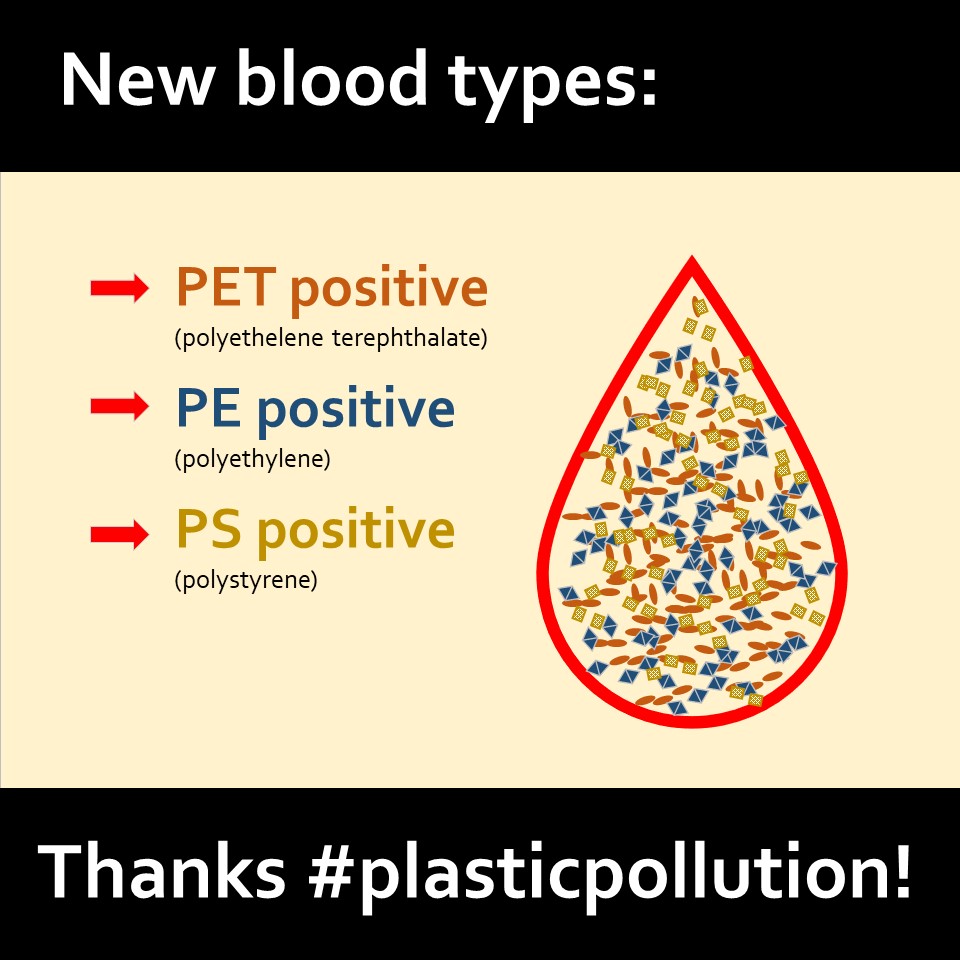Plastic Particles Found in Human Blood

A Dutch team from Vrije Universiteit Amsterdam has published a study showing plastic particles can enter and circulate in human bloodstreams. The researchers found plastics in 77% of those tested, including polyethylene (PE), polyethylene terephthalate (PET), and polystyrene (PS), among others.
The paper, “Discovery and quantification of plastic particle pollution in human blood,” is the first to demonstrate that “plastic particles are bioavailable for uptake into the human bloodstream.”
The team used samples taken from volunteers whose exposure to plastics was not known, giving an interesting real-life look at how pervasive these synthetic materials have become in our environment.
Their findings have sparked more interest in understanding the ways plastics enter our bodies via the water we drink, the air we breathe, and the food we eat.
Previous research has shown on average, humans consume about a credit card’s worth of plastic each week, with “the single largest source of plastic ingestion… through water, both bottled and tap…”
The researchers called for more study into possible health hazards, including impacts on the human placenta, lungs, liver, kidney, and gut, as well as possible changes to vascular dynamics and immune cell function. They expect additional work will help quantify the risks of plastic exposure. On that basis, we can determine where plastic is safe to use and where its use must be restricted.
